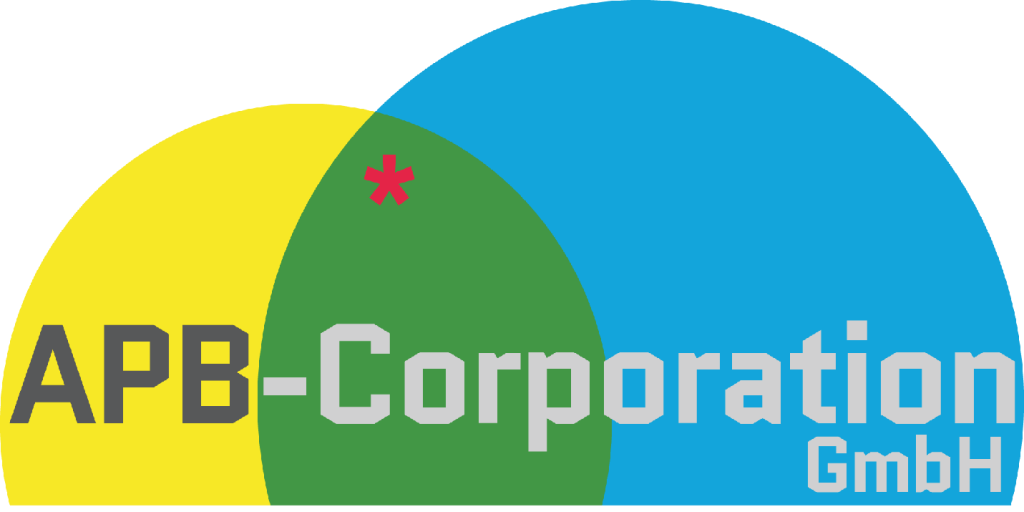Integration of UAV control software and automated hangar
By Yvonne Gerster
19. August 2024
Technical project report: “Integration of UAV control software and automated hangar“
Integration of UAV control software and automated hangar
This technical project report describes the development of an integrated solution that combines Frequentis AG’s unmanned aerial systems (UAVs) control software with an automated hangar from APB Corporation. The project’s principal object was to deploy UAVs in authorities and organizations with security tasks (BOS) and to operate them in a self-sufficient hangar that provides wind and weather data. The report documents the development process, the results and the planned further steps.
The fundamentals for combining control center software with a drone hangar and automated drone control has been laid. By researching process flows, SDKs of commercially available drones and the behavior of latency during data transmission when using a wide variety of protocols, a prototype was developed under laboratory conditions and confirmed using simulations. For this purpose, appropriate interfaces were defined, developed and tested.
The results will be shared in future field trials with potential end users.
Project Goal and context: Use of UAVs in authorities and organizations with security tasks (BOS) and operating them in a self-sufficient hangar
- Use of drones in the BOS environment: The project was initiated to enable the automated use of UAVs from the control center in security-relevant areas.
- Automated Hangar: A principal object was to further develop a low-cost, self-sufficient hangar that could accommodate UAVs while providing relevant environmental data such as wind and weather information.
- Support for autonomous landings: Frequentis AG needed support in developing SDK-based flight control of autonomous UAV landing technology, and APB Corporation should contribute.
- Interfaces and base station: The interfaces between the UAV control software, the hangar and the control center were important focus areas of the project.
- Simulation and testing: The project included simulations (SITLs, HITLs) of the User Control Center as well as the integration of all components.
Project implementation and fulfillment
The integration of the Frequentis AG control center software, the APB Corporation Hangar and the APB Cockpit software was designed and developed. This included providing relevant environmental data (measured through the hangar) for the takeoff and landing of the UAVs and integrating this data into the control and user applications.
The process began with identifying and structuring all components and their parameters into a diagram.
The processes and protocols were defined based on the complete process screen and verified in laboratory tests. To optimize data transmission latency, an important factor in the operation of flying objects, several variants of information processing were evaluated.
First, all components with their important properties were summarized in a diagram and an equivalent process picture of the various processes was created. Tests were carried out regarding the different processing times to determine latencies and interactions
Relevant user data was transmitted from the hangar to the control software, while flight and route relevant data was transmitted from the UAV to the hangar. In a test, various procedures and protocols were defined and verified, evaluating several options for information processing to optimize data transmission latency.
User-relevant data that was available in the hangar had to be transferred to the control software. Flight and route-relevant data is then sent to the hangar.
In this way, the hangar was provided with the takeoff and landing data that was immediately necessary for the operation of the UAV. Data that is not as time-critical as weather and operational readiness data was transferred to the control and user application.
The developed interfaces and APIs enable efficient data exchange for automatic flight operations, based on the previously defined scenarios. After implementing test versions of the interfaces and operational scenarios, tests and optimizations were carried out to ensure the stable operation of the UAVs from the hangar. Simulations were used to create realistic operating scenarios and the insights gained were used to further reduce latency and optimize processes.
From the collected information and test results, corresponding interface APIs were created that enable the best possible data exchange regarding automatic flight operations based on the scenario that the user has set up in advance.
After implementing test versions of the interfaces and operating scenarios, further testing and optimization of the automatic operation of UAVs from the hangar was carried out with the aim of bringing them into stable operation. For this purpose, several simulations were created that depicted the operation of the UAV in a kind of real environment. The experience gained was used to further optimize processes and reduce latencies.
Project budget
The project started as a concept study that led to laboratory testing and simulations. However, the positive results led to the project being expanded to include additional processes and procedures for connecting control software and automated flight operations via the hangar. This led to an expansion of the project scope and deeper knowledge acquisition.
Forecast
The insights gained and the successful integration of UAV control software and automated hangar lay the cornerstone for further development and expansion of the application for real field tests. Future steps include implementing additional features to increase automation and efficiency of UAV operations. The experiences from this project will inform the development of solutions to support autonomous UAV landings and form the basis for further innovation in the unmanned aerial systems industry.



